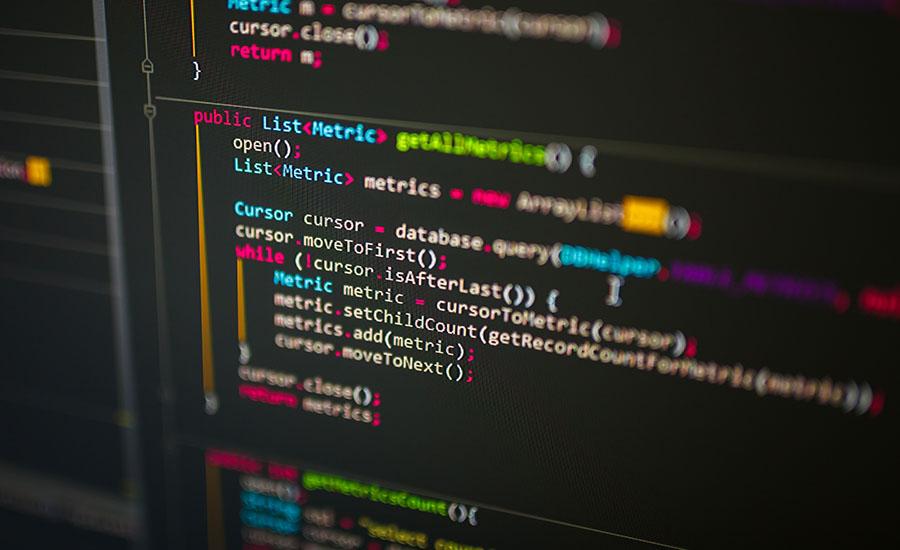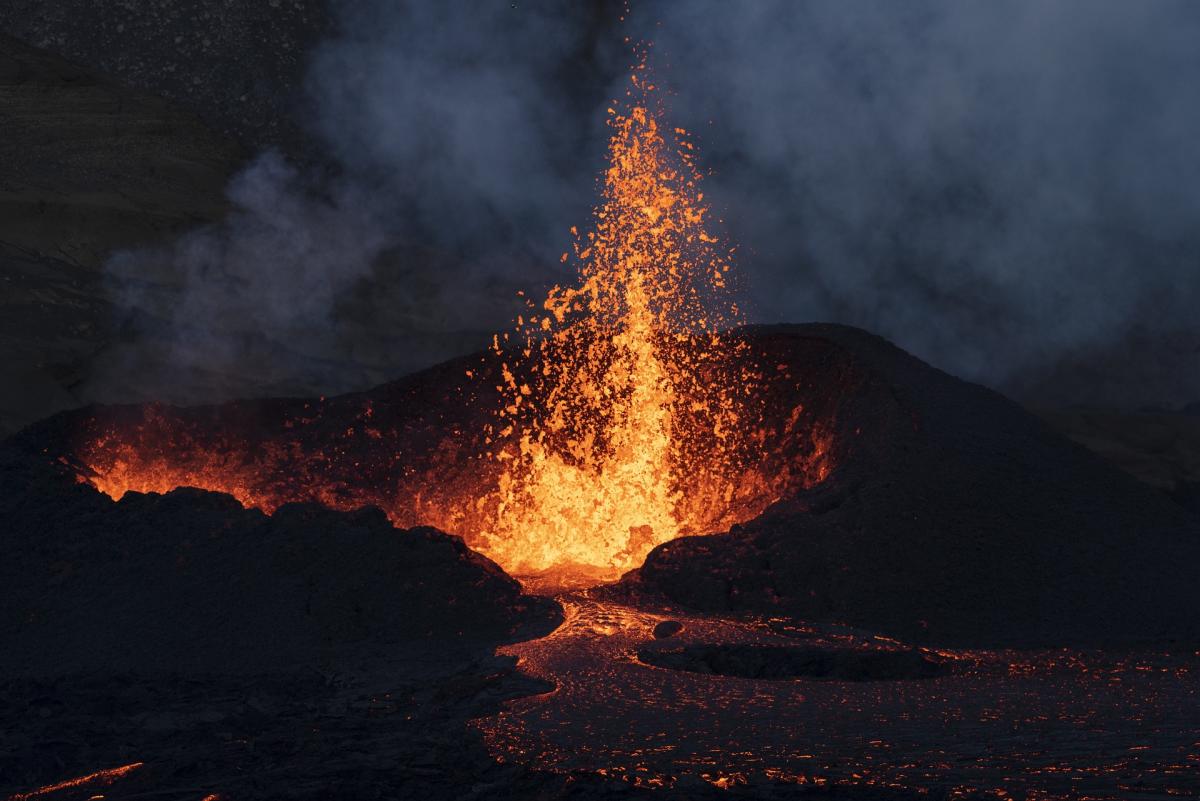
Students are introduced to the concept of nanotechnology with a small group research activity about the different industries using nanotechnology.

Students are introduced to the concept of nanotechnology with a small group research activity about the different industries using nanotechnology.

Students will explore beginning coding thru binary coding and creating a name bracelet.

This lesson is designed around competition. Competition is a driving force behind natural selection. If something can survive to reproduce, the traits are passed on. Students will be completing

This is the first of 4 lessons where students will propose and configure a school garden using criteria given by the principal. Students will work in groups of 3 to determine configurations. They will

This lesson allows students to explore why volcanoes are shaped differently and why they erupt differently. Students will investigate viscosity, silica content of igneous rock samples, and perform

Students will explore how gravity plays a role in orbits and the attraction between objects in space, using online simulations. In addition to the online simulations this lesson contains ideas for

This lesson teaches students how and why it rains. They will have student-to-student interactions and hands-on learning opportunities. They will also be practicing their counting skills during the

The lesson helps students investigate the purpose of conductors and insulators in various practical applications. The first part of the lesson is to introduce vocabulary and explain its relationship

This lesson is simple lesson plan for 4th grade students. It will challenge students to investigate and demonstrate that electricity is a flow of electrons around the circuit. This lesson will be 50